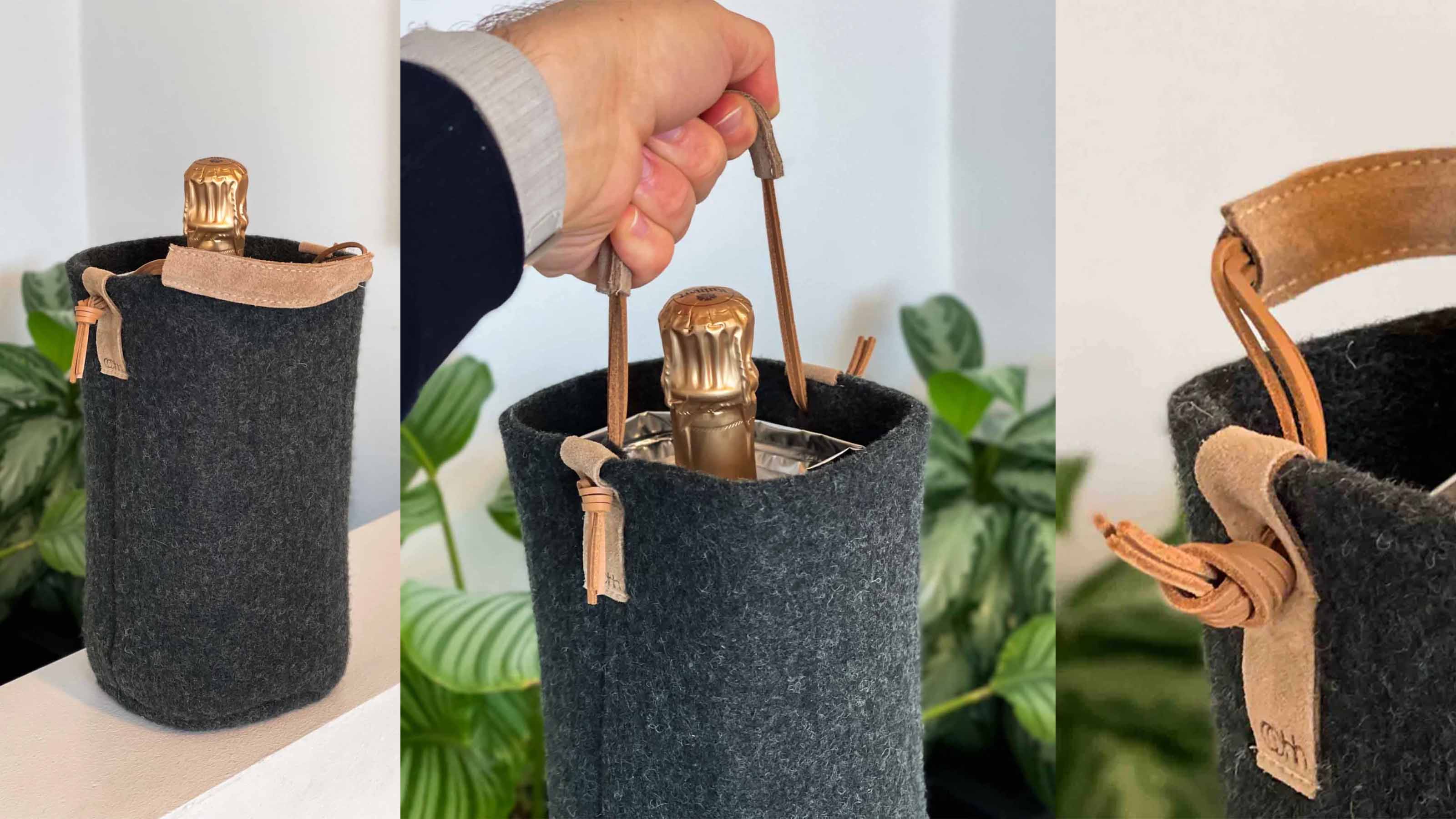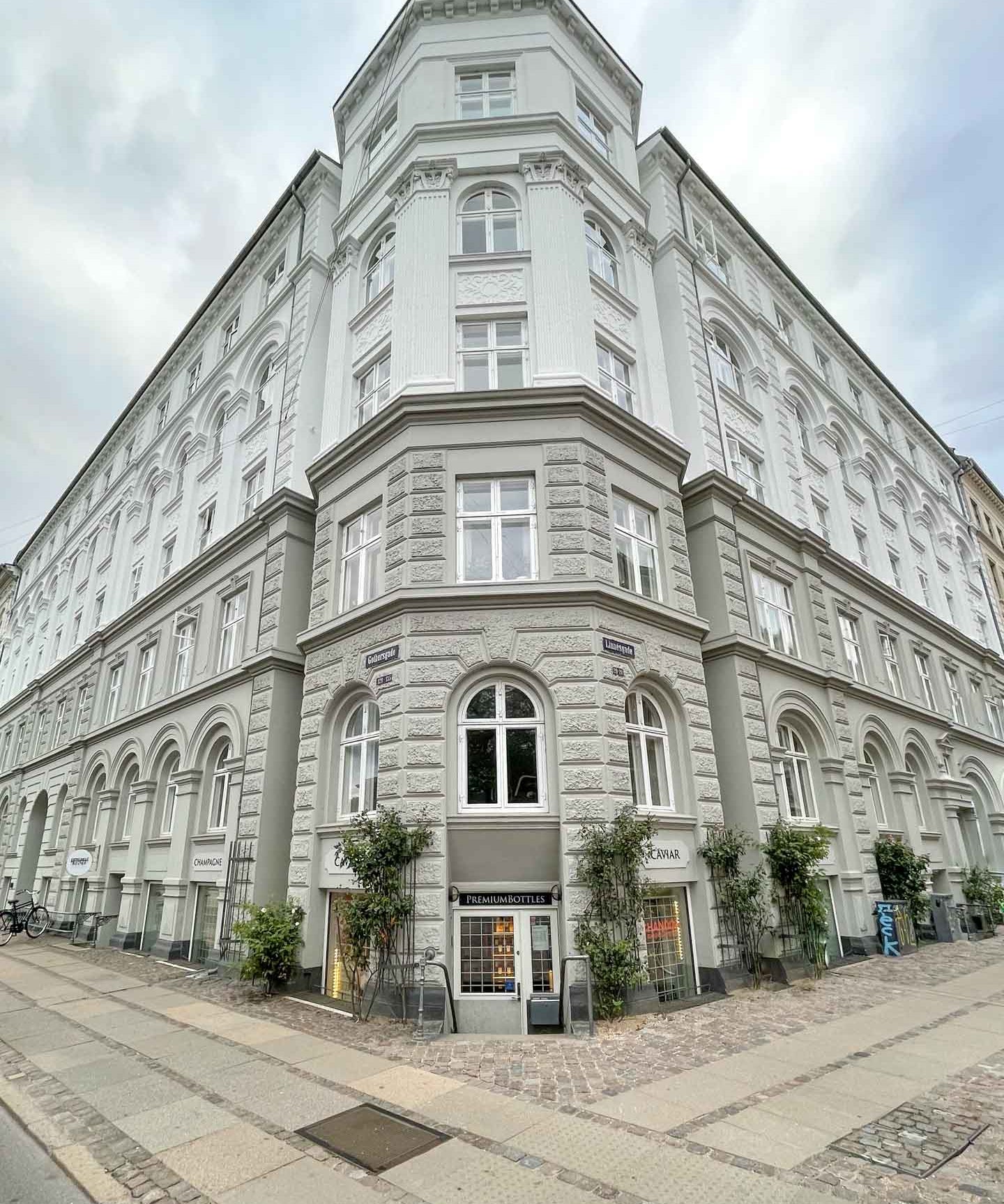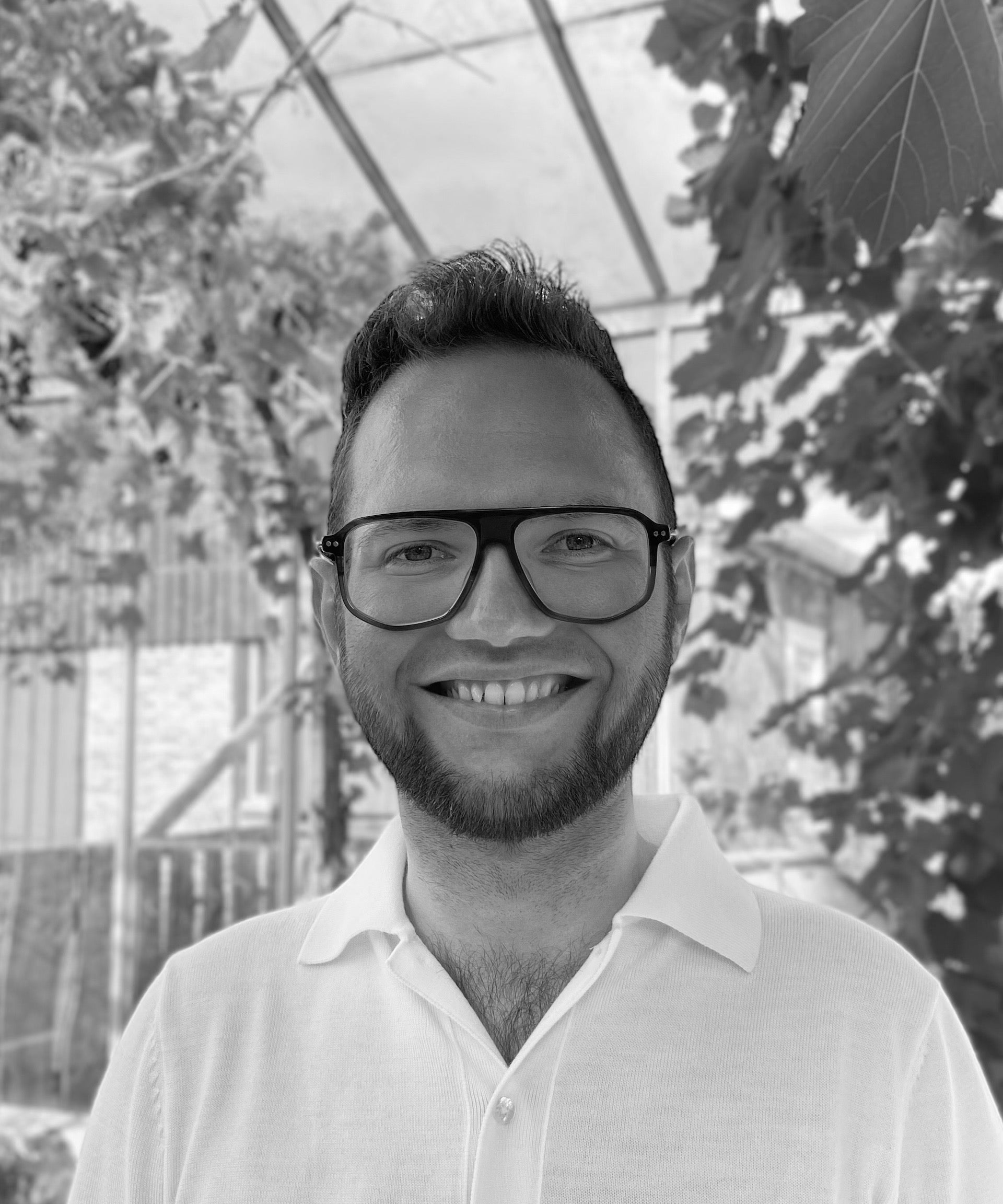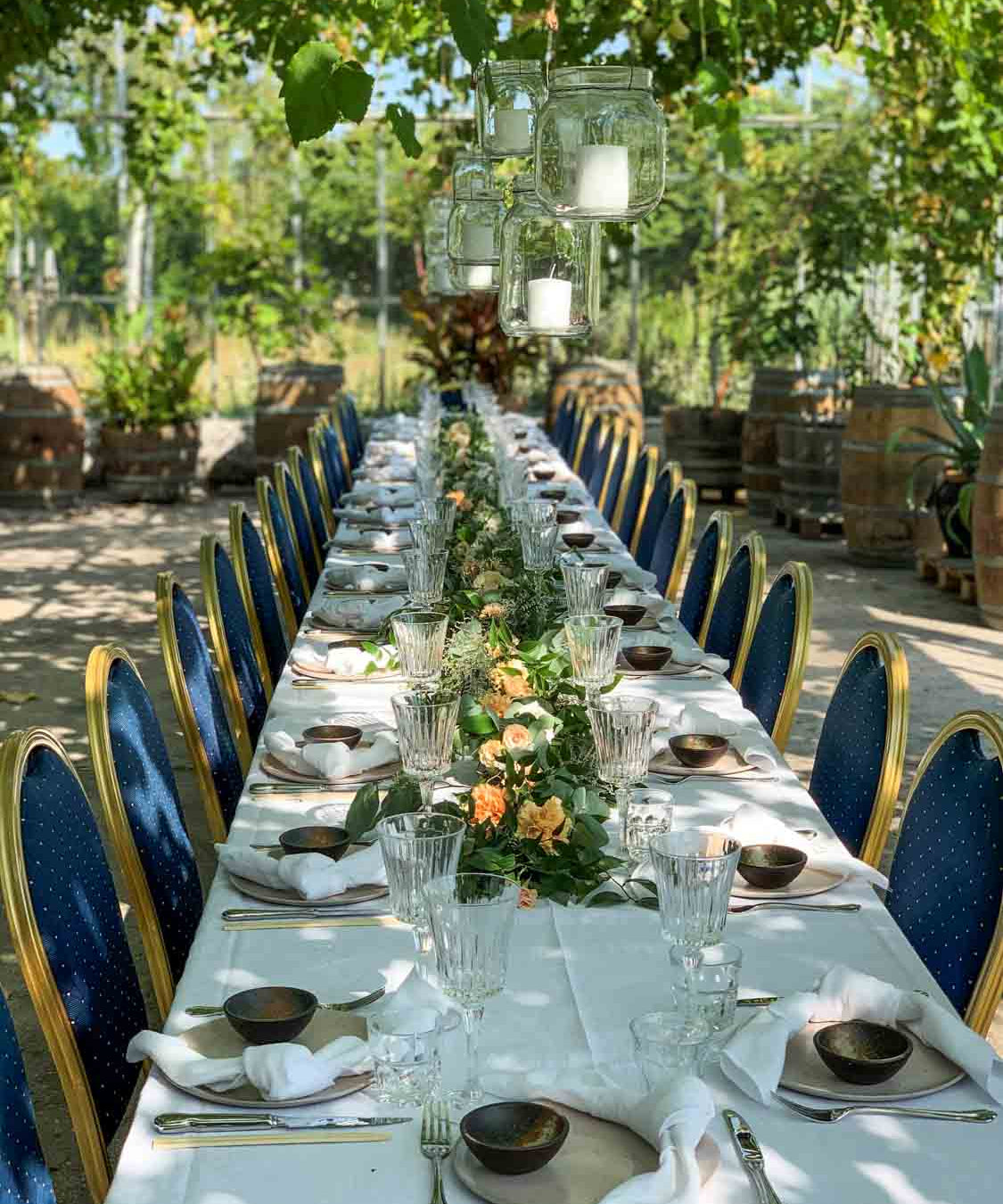The champagne house Veuve Clicquot hides an extremely exciting story about how the founder's wife suddenly found herself having to develop the champagne house further after her husband Philippe Clicquot died of a high fever.
She was only 27 years old and knew nothing about champagne, until today, when it is a world-renowned champagne house that has some of the finest bubbles.
The story behind Veuve Clicquot champagne
Widow Clicquot dates back to the year 1722, when one of the oldest champagne houses, which still produces champagne to this day, was founded. The champagne house, which is located in northern France, was founded by Philippe Clicquot , and has subsequently become one of the world's largest champagne producers. One of the reasons why the champagne house is one of the largest is because in 1810 the champagne house invented vintage champagne, and in 1818 Veuve was Clicquot the first champagne house to produce rosé. They did this by mixing white champagne wine with regular red wine. This means that the idea and production methods around rosé, which are used worldwide today, were invented by Veuve The Clicquot champagne house. When Philippe Clicquot died, his son, Francois, took over the champagne house. In 1805 Francios died Clicquot , and then his wife, Barbe-Nicole Clicquot , took over Ponsardin , the champagne house at the age of 27, where she continued to run the house together with Comte Edouard Werlé and cellar master Antoine Müller.
The Yellow Widow
Veuve means widow in French. That the champagne that most Danes know today under the name Veuve Clicquot , nicknamed The Yellow Widow, is due to a young French woman named Barbe-Nicole Clicquot Ponsardine . Madame Clicquot , as she was called, lost her husband, Francios Clicquot , after only seven years of marriage, when he died of an inexplicable fever, leaving her with a three-year-old daughter and the Clicquot Champagne company, in which he had invested every bit of the family fortune.
Widow and single mother at 27 years old
The year was 1805, Madame Clicquot was 27 years old, and she knew nothing about champagne, winemaking or running a business. Despite the fact that 200 years ago it was extremely controversial for a woman to deal with anything other than children and embroidery, the gifted and strong-willed Madame Clicquot decided to take charge of her husband's business and carry it on. . But the world was male-dominated, and Madame Clicquot in particular had to fight so that her husband's legacy was not forgotten. It would temporarily prove to be a wise decision. After hard times, when Madame Clicquot had to sell her jewelry and borrow money to keep the business running, she managed to hit a gold mine by breaking through to the Czar's court in Russia and developing other new markets where she could increase the sales of her man's Clicquot Champagne, which she had meanwhile renamed Veuve Clicquot . Despite the fact that Madame Clicquot had no knowledge of champagne production , distribution or sales, Veuve is Clicquot has become one of the largest champagne houses in recent times.
Revolutionized champagne production
Although Madame Clicquot died in 1866, she still bears a large part of the credit for making champagne the fantastic, bubbly, crystal clear drink we know today. It was she who developed the process in champagne production called remuage , which all champagne producers have since adopted, and which is still used today by small or very traditional champagne producers, where the champagne is still handmade, and thus not produced by use of machines.
Saw holes in the kitchen table
Already the year after her husband's death, Madame Clicquot began to work on solving the problem that 200 years ago champagne was often a somewhat cloudy and less bubbly affair than we know today, because back then you had to pour the wine over to remove the precipitate, which rarely succeeded completely. The enterprising Madame saw holes in a kitchen tabletop. In the holes, she placed the champagne bottles bottom up, then systematically shook and turned them every two or three days until all the sediment had collected in the neck of the bottle. The method means that when the neck is then dipped into an ice-cold liquid so that the contents freeze to ice, the small plug of sediment can be removed without the champagne gushing out. It prevents the wine from losing its beautiful bubbles or coming into contact with oxygen, making the wine bad and less durable.
A good manager hires good people
No manager can do without good people, and Madame Clicquot had a keen eye for hiring the right people, including her cellar master who helped her refine the remuage system and a skilled and above all honest businessman who worked for her for 50 years. His name was Edouard Werlé and he became her friend and business partner. When she died aged 89 in 1866, she left the company to him.
Veuve Clicquot Brut champagne
In conclusion, it is essential to start from Veuve Clicquots , Brut. This is their traditional champagne which is quite intense and powerful with a fantastic touch of citrus fruits. The special thing about Veuve Clucqout Brut, is that the mixing ratio between the grapes varies each year depending on the harvest. This ensures that the house can make as consistent a champagne as possible. This results in an exquisite champagne that has a nice balance between power and freshness. Make sure the champagne is at the right temperature, preferably chilled to 8-10°C. If the champagne is served at this temperature , the nuances of taste will truly show, and it will be possible to taste the different aromas of the champagne to a greater extent. If the champagne gets cooler, it will affect the taste experience.














